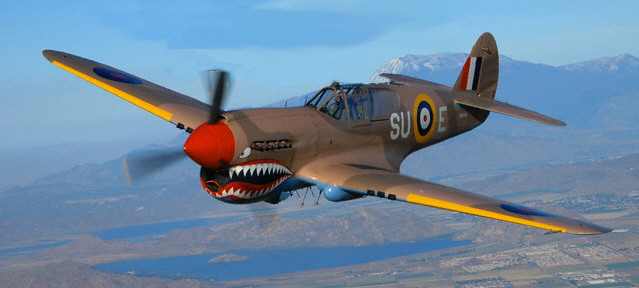The British

It must be said that there wasn't actually a British Army or airforce fighting in the desert but an alliance of Commonwealth, Dominion, Imperial and British units. 8th Army included Australian, Indian, New Zealand, South African, Polish, Czech, French and Greek formations. The British dominated the tank forces because of the industrial capacity of the British economy, but Australia, New Zealand and South Africa supplied their own divisions and as allies, these divisional commanders had the political power to veto the British commander in chief. Churchill was forced to accept the replacement of the Australian division defending Tobruk during the middle of the siege because of public opinion in Australia and several offensives had to be altered because South African and New Zealand commanders did not approve of the plan. Therefore, the command of 8th Army was often loose and reliant on political expedients rather than purely military factors and the commander in chief had to be diplomatic with many of his key subordinates.

The equipment for 8th Army, especially logistical equipment steadily improved throughout the campaign until it had reached overwhelming proportions under Montgomery in the final year. The tanks have often been criticised for poor design and reliability. In truth, they were ok and the British were always able to maintain a superiority in numbers for most battles. The 2 pounder anti tank gun was an effective weapon in 1941 to 1942 but what let it down was its lack of HE - in Spearhead, this is why it has no anti infantry stats - and so British tactics relied on charging enemy infantry and anti tank guns and over running their opponents. The 25 pounder could and was used in support but as a divisional commander do you penny packet your artillery or concentrate it? Again the British struggled to coordinate their infantry and artillery in support of the tanks and relied on numbers and better logistics to beat the Axis. The arrival of the Grant and Sherman gave 8th Army a better all round tank with HE and the arrival of the 6 pounder anti tank gun with HE evened the odds during 1942.
The Royal Artillery units were excellently trained but were often spread thinly to give more support to individual units. It was not until 1942 that British commanders were able to concentrate this arm into a decisive weapon that punched holes into Axis defences or stopped armoured units in their tracks.

The infantry was always trained and of good morale. It must be remembered that there were few regular units in the 8th Army and the bulk of officers were territorials or recalled veterans from the Great War. However, the Indian troops were all volunteers and very professional, and 4th Indian Division was a crack unit that served at the forefront of most actions in north Africa. The Australian and New Zealand divisions were especially feared by the Axis and were effective in offence and defence. Rommel claimed that if he had an army of New Zealanders he could conquer the world!
The desert campaign was the grave yard of many a British generals career. British tactics and command were often ponderous due to a lack of training in an army that had no experience of fighting on this scale. Individual units were often excellent but the experience needed to lead divisional, corp and army sized battles was lacking in an army that was continually expanding and training whilst in the field. In many ways, Montgomery was fortunate to take command when he did, when the army was fully trained and equipped, and its previous defeats had forced Churchill to limit his interference in his plans.

Finally, I must emphasise the importance of the Desert Airforce. Throughout this campaign they challenged Axis dominance and developed tactics in support of 8th Army that brought them a massive superiority by late 1942. The overwhelming dominance of Allied airpower in Normandy was forged and won in the desert.
3 comments:
Great post. I just acquired 6mm forces for Compass. I'm interested in seeing what you have to say about the Italians.
Thanks Pat - Operation Compass would be a great campaign to game.
In the operational game, do the British get any help from Ultra decrypts? Or can't you say?
Post a Comment